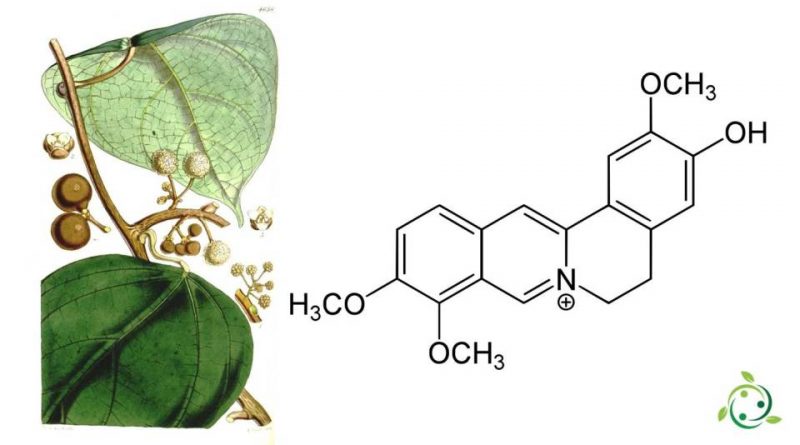Jatrorrhizine
Jatrorrhizine
Jatrorrhizine, whose term in the official IUPAC nomenclature is: 2,9,10-trimethoxy-5,6-dihydroisoquinoline [2,1-b] isoquinolin-7-ium-3-ol is an alkaloid.
This substance has a brute or molecular formula: C20H20NO4 +.
Jatrorrhizine is a protoberberin alkaloid found naturally in some plant species, such as Enantia chlorantha and the yellow vine (Coscinium fenestratum (Goetgh.) Colebr).
Jatrorrhizine is reported to have an anti-inflammatory effect and improves blood flow and mitotic activity in thioacetamide-traumatized rat livers. In addition, antimicrobial and antifungal activity was found.
Jatrorrhizine uncompetitive binds and inhibits monoamine oxidase (IC50 = 4 μM for MAO-A and 62 μM for MAO-B). It interferes with multiple resistance with cancer cells in vitro when they are exposed to a chemotherapeutic agent.
Large doses (50-100 mg / kg) of this alkaloid reduced blood sugar levels in the mice by increasing aerobic glycolysis.
Jatrorrhizine derivatives (especially 3-alkoxy derivatives, and especially 3-octyloxy 8-alkylathrorrhizine derivatives such as 3-octyloxy 8-butylatrorrhizine) have been synthesized and have been found to have much stronger antimicrobial effects.
Warning: The information shown is not medical advice and may not be accurate. The contents are for illustrative purposes only and do not replace medical advice.

